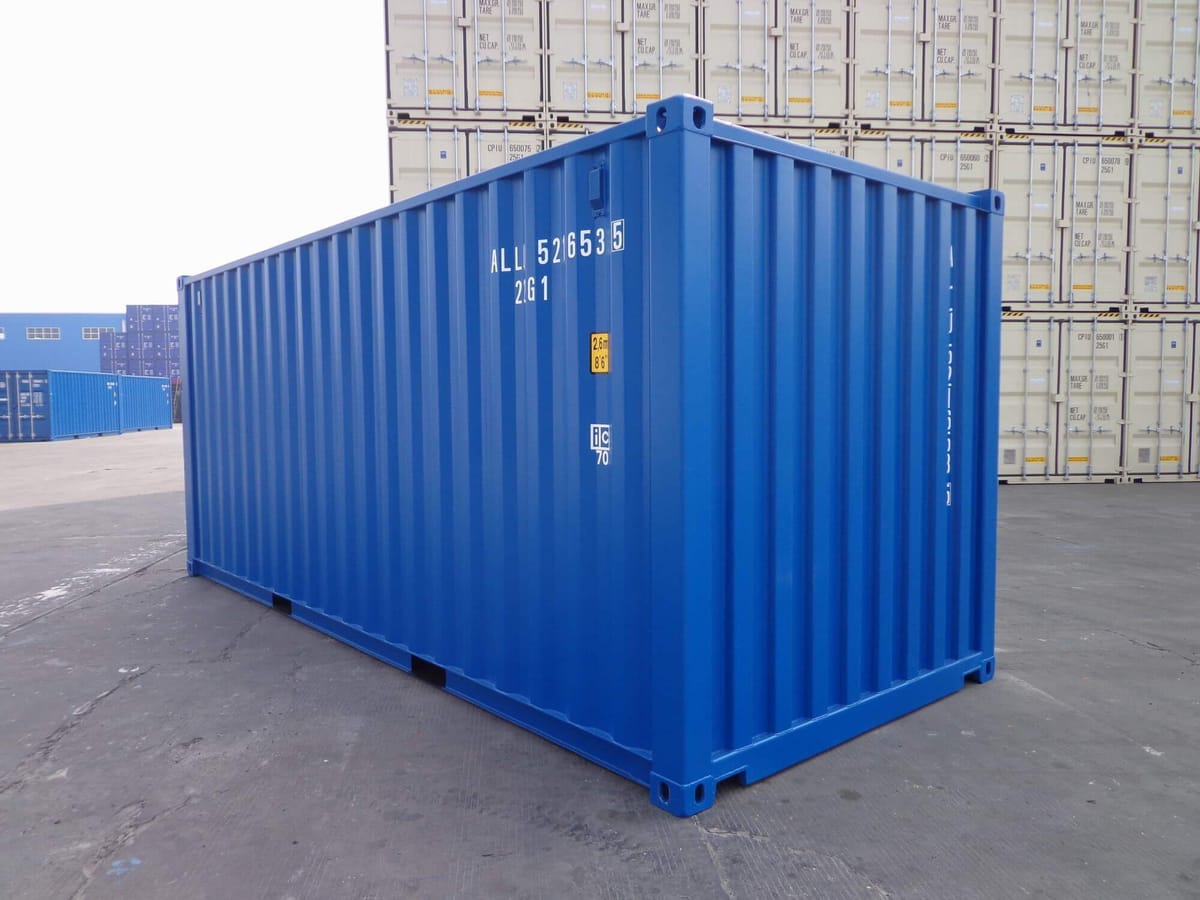Serverless vs containers
Both have their own unique benefits and trade-offs, and choosing between them can be a tough decision.

Webhooks look simple on paper: receive an HTTP POST, validate it, act on it. At scale, they become a reliability challenge. Traffic is bursty (thousands of events in a few seconds), retries from the sender can multiply the load, and webhook handlers often need to respond fast while offloading heavier work asynchronously. Choosing the right execution model — serverless or containers — makes a big difference.
Serverless: elasticity without ops overhead
Platforms like AWS Lambda, GCP Cloud Functions, or Azure Functions are a natural fit. They scale instantly with traffic, you don’t manage servers, and you only pay for execution time. For webhooks, this elasticity means you can handle sudden spikes (like GitHub or Stripe event storms) without pre-provisioning capacity.
But you pay the cold start tax. A function that’s been idle might take 200–500ms longer to respond, which can be significant if the provider enforces a tight timeout. Pre-warming helps, but it reduces the cost advantage. Another consideration: debugging distributed functions at scale is harder without robust tracing.
// AWS Lambda webhook handler (GitHub example)
exports.handler = async (event) => {
const body = JSON.parse(event.body);
switch (event.headers['X-GitHub-Event']) {
case 'push':
// queue downstream work
break;
case 'pull_request':
// handle PR event
break;
}
return { statusCode: 200, body: '{"status":"ok"}' };
};Containers: control and predictability
Containers (e.g. running in Kubernetes) give you consistent performance and more flexibility. You decide memory/CPU allocation, runtime, and networking policies. With Horizontal Pod Autoscaling (HPA) and a message queue in front (SQS, Kafka, NATS), containers can absorb webhook bursts with more predictable latency than cold-started functions.
The trade-off is operational overhead: maintaining a cluster, monitoring, patching, and ensuring you scale down during quiet periods to control cost. At smaller scales this overhead can outweigh the benefits, but in highly regulated or latency-sensitive environments, containers win.
Lessons from production
- never process webhooks synchronously if the downstream work is heavy. Both Lambda and containers should enqueue events, ack fast, and process asynchronously.
- design idempotent handlers; webhook senders will retry aggressively if you don’t respond quickly.
- use structured logging and tracing (e.g. OpenTelemetry) or you’ll have no clue which events failed.
- serverless is cheaper at low-to-medium sustained traffic; containers become more cost-efficient when you’re processing tens of millions of webhooks per month.
When to choose what
- Serverless: best for bursty, unpredictable workloads; low operational overhead; good if latency tolerances are forgiving.
- Containers: best for high-volume, latency-sensitive, or regulated environments where you need full control.
In my experience, the sweet spot is often a hybrid: use serverless functions to validate and enqueue webhooks, then process the heavy lifting in a containerized backend. That way, you get elasticity at the edge and control in the core.